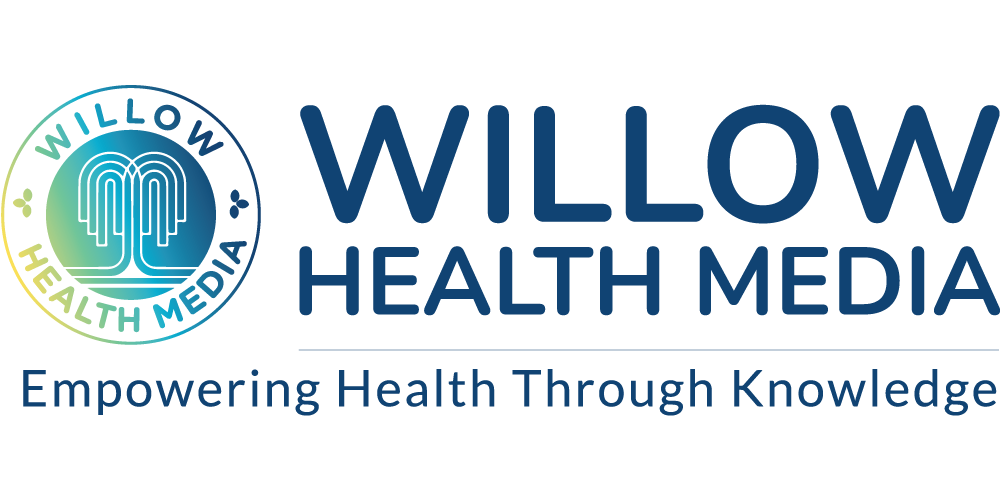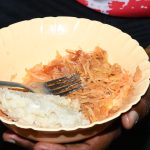While breastmilk is baby’s first, best vaccine, it also changes flavour from what you eat, making the switch to solid foods during weaning smoother.
We recently celebrated World Breastfeeding Week to recognise breastfeeding as a powerful foundation for lifelong health, development and equity.
Having walked this path myself, I am cognisant of the fact that breastfeeding isn’t always a walk in the park. There are sore nipples, supply irregularities, and seemingly endless night feeds.
But beyond the well-known basics, like providing nutrition and promoting bonding between mother and child, breastfeeding is a powerhouse of science and nature working in harmony. For starters, breastfeeding is dynamic and evolving like your child.
In the first days, colostrum, that thick, golden liquid, is loaded with antibodies and easy-to-digest proteins. As weeks turn to months, the fat, protein, and carbohydrate ratios shift to match your baby’s developmental needs. Need more calories for a crawling explorer? Your milk ups the fats.
A fascinating aspect is that it even changes flavour based on what you eat, a spicy curry or mangoes introduces the baby to different flavours, potentially making the switch to solids during weaning smoother and reducing picky eating down the line.
If baby is under the weather, nursing is the best remedy
Something else: When your baby nurses, their saliva gets backwashed into your nipples and is absorbed by your mammary glands. This clever communication sends signals to your body, telling it exactly what antibodies or immune boosters the baby needs, especially if they are fighting off a cold or infection.
Your milk adapts, ramping up specific defences. Your baby is literally customising their meal through spit. If your baby seems under the weather, keep nursing; it’s among the best remedies.
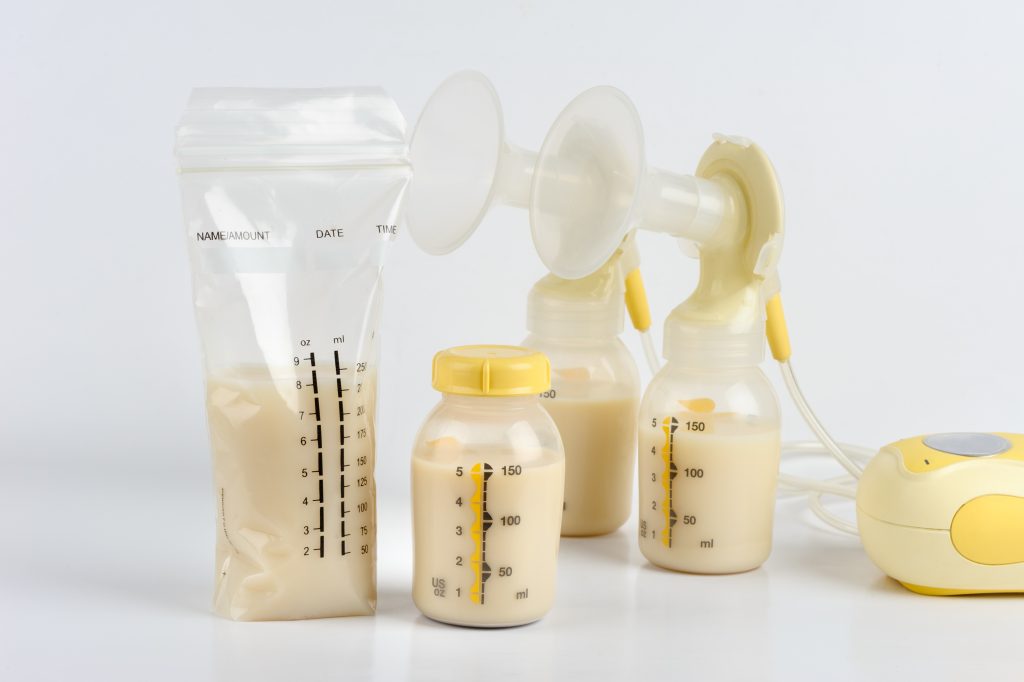
The composition of your breastmilk isn’t just about what you eat. The fat content actually changes throughout a single feed.
The milk at the beginning of a feed, known as foremilk, is thinner and more watery, perfect for quenching your baby’s thirst. As the feed progresses, the fat content gradually increases, leading to the thicker, creamier hindmilk that provides the higher calorie count your baby needs for growth.
This ensures your baby gets a perfectly balanced meal every single time. A common tip given to mums is to feed the baby for ten minutes on one breast before switching. However, given what we have said about the composition of milk, to ensure the baby gets the fat-rich hindmilk, feed your baby on one breast during a single feed. This ensures they get fuller for a longer period and supports their growth.
Breastfeeding shields against ear infections, respiratory illnesses
Breastfeeding isn’t just food; it’s a shield. Your milk contains antibodies that protect against common ailments like gastrointestinal issues, ear infections, and respiratory illnesses. Furthermore, research links it to a reduced risk of asthma, obesity, type 1 diabetes, and even Sudden Infant Death Syndrome (SIDS).
And breastfed kids often show higher scores on intelligence tests and have sharper vision, thanks to DHA (docosahexaenoic acid) and other brain-boosting components in breast milk.
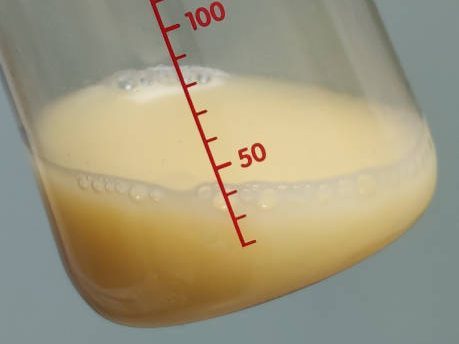
Breastfeeding is not just nourishing; it’s a natural soother. Nursing right before or after vaccinations can reduce pain and crying by up to 50 per cent due to the sweet taste and endorphin release.
When your baby is teething, the act of nursing can calm inflammation and provide antibodies to ward off infections, easing those tough moments for both of you.
Scientists have identified over 200 components in breastmilk, including fat, sugars, proteins, enzymes, antibodies and beneficial bacteria.
Your milk contains stem cells, which may aid in your baby’s organ repair and development. Human milk oligosaccharides (HMOs) are another key component, shaping a healthy microbiome and protecting against allergies and infections.
A manufacturing error destroyed vitamin B6 in baby Formula
One case study takes us back to the USA, where some infants began experiencing severe, unexplainable seizures in 1953.
The common thread among them was being fed a specific brand of liquid infant formula. The Food and Drug Administration (FDA) and the American Academy of Paediatrics launched an investigation with extensive research determining that a manufacturing error had destroyed the vitamin B6 (also known as pyridoxine) in the formula. Vitamin B6 is essential for the production of neurotransmitters, chemicals that help nerve cells communicate. Without it, the nervous system becomes overstimulated, leading to convulsions.

Once the connection between the convulsions and the vitamin B6 deficiency was established, companies immediately began adding synthetic vitamin B6 to their formulas, quickly resolving the seizures in affected infants.
Modern formulas are now fortified with a wide range of vitamins and minerals, but while formula companies work tirelessly to replicate breast milk, its complex and dynamic nature cannot be perfectly replicated.
We know oxytocin as the “love hormone” that helps you and your baby bond during breastfeeding. But did you know it also acts as your body’s built-in recovery tool post-delivery?
Breastfeeding offers significant mental health boost for mums
When your baby latches on, oxytocin triggers your uterus to contract, shrinking it back to size and clamping down on blood vessels to prevent excessive bleeding. This can significantly reduce the risk of postpartum haemorrhage (PPH), a serious complication following childbirth.
Breastfeeding also offers a significant mental health boost for the mother as oxytocin acts as a natural anxiolytic, reducing feelings of anxiety. This hormonal effect can mitigate against postpartum blues.
If your baby arrives early, breastmilk is easier to digest than formula, thus reducing the risk of necrotising enterocolitis (NEC), a serious gut condition that affects some premature babies.
Packed with growth factors, it boosts brain and lung development, helping premature babies catch up faster. Studies show preemies fed on their mother’s milk have fewer infections, shorter hospital stays, and better long-term outcomes.
Breastfeeding shapes your baby’s mouth for the better. The natural sucking motion strengthens jaw muscles and aligns teeth, which may reduce the need for braces later. Breastfed children have fewer cavities, thanks to milk’s antibacterial properties that fight decay-causing bacteria. It even shows a reduced risk of speech issues or sleep apnoea from poor oral development.
Breastfeeding is a zero-waste food system
Studies have shown that longer breastfeeding (up to one year) reduces a woman’s lifetime risk of breast cancer, besides lowering the risk of ovarian cancer.
It is thought that breastfeeding lowers the lifetime oestrogen exposure, which can fuel some cancers, and prompts breast cells to mature and potentially shed those with DNA damage.
It also lowers mammographic density, a cancer risk factor, and lowers the risk of developing type 2 diabetes and cardiovascular disease.
In an era of increasing environmental awareness, breastfeeding is a zero-waste food system that requires no manufacturing, packaging or transportation. Unlike infant formula production, which can generate plastic and metal waste that burdens landfills and oceans, breastfeeding is a naturally renewable resource.
In a nutshell, breastfeeding is more than a simple feeding method; it is a complex and dynamic biological process offering profound, long-term health benefits for both mother and child. We need to push for more milk banks, create breastfeeding-friendly workplaces, normalise nursing in public spaces and encourage breastfeeding support groups, policies, and communities to make this critical aspect of motherhood easier for mothers and babies.
Dr Nyandia Maina is a medical doctor, photo-essayist and creative non-fiction writer.
This article was first published by Willow Health Media on September 14, 2025.
